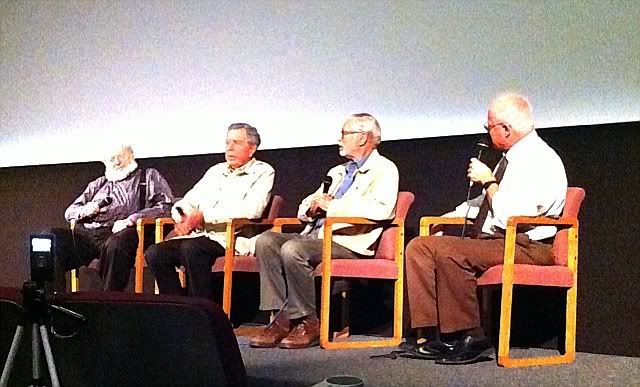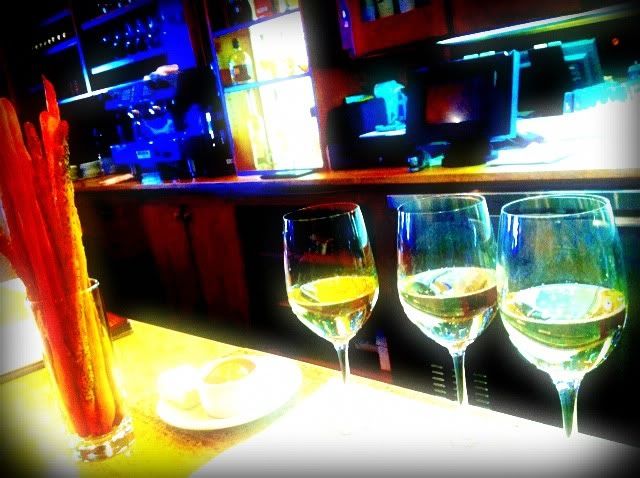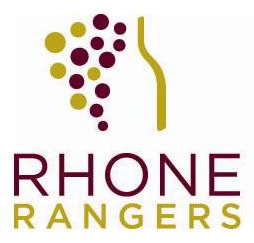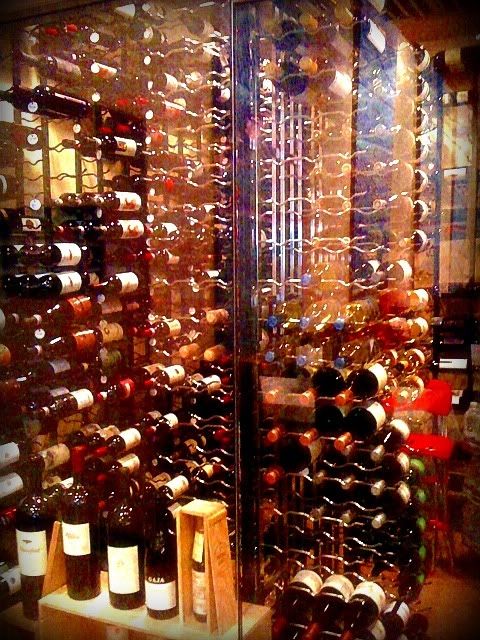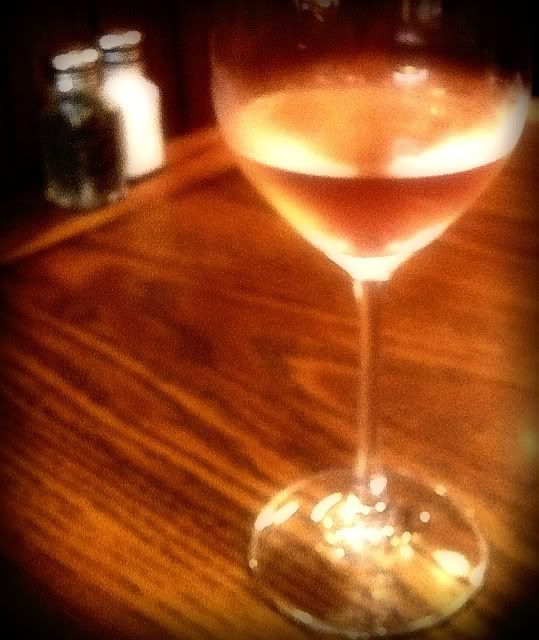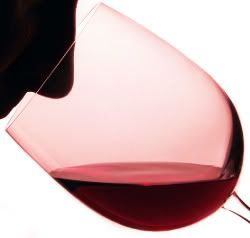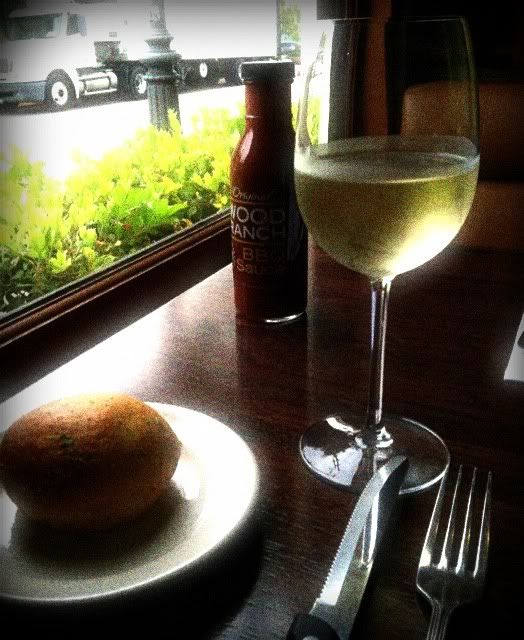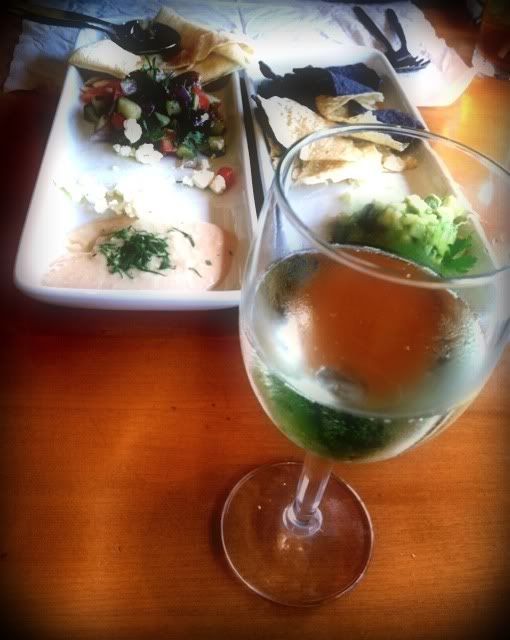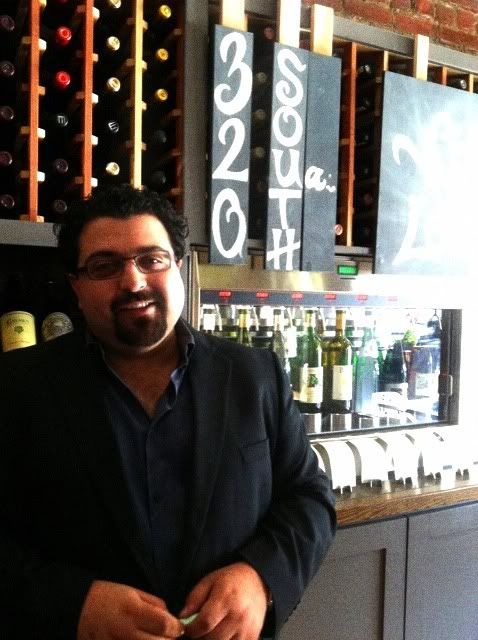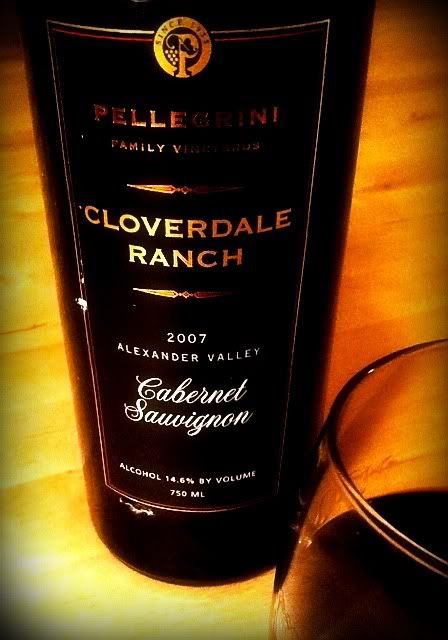The wine drinking scientists are at it again. More correctly, it's the wine drinking scientists and their resveratrol-taking lab rats that are causing a clamor. Wine Spectator reported on this recently.
Red wine has been mentioned before as possibly reducing the risks associated with diabetes, heart disease, cancer and stroke. Now, cellular biologists from LSU and the University of Nebraska Medical Center say they have found that red wine may help reverse mental deterioration suffered by people with diabetes.
The compound resveratrol - plentiful in red wine - is said to have restored brain function in diabetic rats. It could be, say the labcoats, that resveratrol - acting as an anti-inflammatory and an antioxidant - increased blood circulation in the brain and lowered the risk of losing mental acuity.
The scientists speculate that the resveratrol relaxes the arteries in the brain, normalizing oxygen levels. They further conclude that the compound can slightly decrease blood glucose concentration. Resveratrol also appears to lessen the stress that can lead to strokes in diabetics.
How much resveratrol a human would have to ingest daily to get these results was not included in the report. If more than a glass or two of red wine per day is required, there could be other debilitating factors that come into play. As always, the researchers say more study is needed before recommending wine - or at least the resveratrol found in wine - as a prescription for diabetics.
Follow Randy Fuller on Twitter.
Red wine has been mentioned before as possibly reducing the risks associated with diabetes, heart disease, cancer and stroke. Now, cellular biologists from LSU and the University of Nebraska Medical Center say they have found that red wine may help reverse mental deterioration suffered by people with diabetes.
The compound resveratrol - plentiful in red wine - is said to have restored brain function in diabetic rats. It could be, say the labcoats, that resveratrol - acting as an anti-inflammatory and an antioxidant - increased blood circulation in the brain and lowered the risk of losing mental acuity.
The scientists speculate that the resveratrol relaxes the arteries in the brain, normalizing oxygen levels. They further conclude that the compound can slightly decrease blood glucose concentration. Resveratrol also appears to lessen the stress that can lead to strokes in diabetics.
How much resveratrol a human would have to ingest daily to get these results was not included in the report. If more than a glass or two of red wine per day is required, there could be other debilitating factors that come into play. As always, the researchers say more study is needed before recommending wine - or at least the resveratrol found in wine - as a prescription for diabetics.
Follow Randy Fuller on Twitter.

